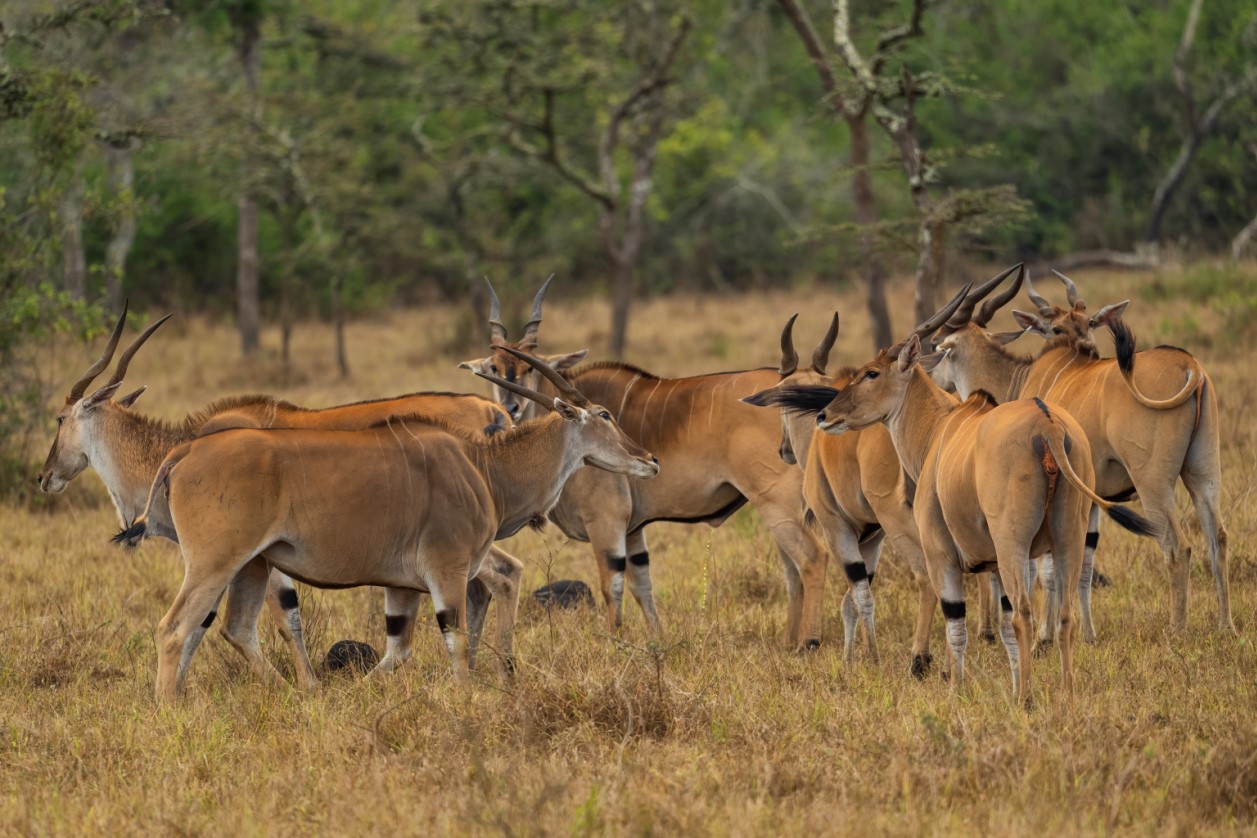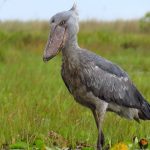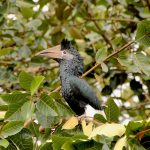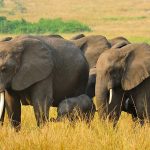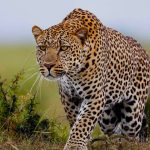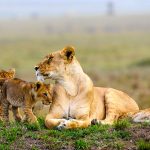Elands in Africa: Majestic Giants of the Savannah
Elands in Africa – Overview; Elands, the largest antelope species in Africa, are magnificent creatures that roam the vast savannahs and woodlands of the continent. With their impressive size, distinctive appearance, and fascinating behaviors, elands have captured the interest of wildlife enthusiasts and researchers alike. In this article, we delve into the world of elands, exploring their physical characteristics, habitat, gestation period, and lifespan.
Physical Characteristics:
Elands belong to the genus Taurotragus and are characterized by their robust build and spiral-horned antlers. There are two species of elands: the Common Eland (Taurotragus oryx) and the Giant Eland (Taurotragus derbianus). The Common Eland is slightly smaller than its giant counterpart but still ranks as one of the largest antelopes globally.
Common Eland:
Weight: Adult males can weigh between 900 to 1,000 kg (2,000 to 2,200 lbs), while females are generally smaller.
Height: They stand around 1.6 to 1.9 meters (5.3 to 6.2 feet) at the shoulder.
Horns: Both males and females possess long, spiral-shaped horns that can reach up to 1.2 meters (4 feet) in length.
Giant Eland:
Weight: Adult males can weigh up to 1,000 kg (2,200 lbs) or more.
Height: Giant elands are slightly taller than common elands, with a shoulder height ranging from 1.6 to 1.9 meters (5.3 to 6.2 feet).
Horns: Their horns are even more impressive, with a distinct spiral shape, and can span over 1.5 meters (5 feet).
Habitat: Elands in Africa – Overview
Elands are adaptable and can be found in a variety of habitats across Africa, including savannahs, woodlands, and semi-desert areas. They are known to move between different regions in search of food and water, making them highly nomadic in nature. Elands are well-suited to both open grasslands and areas with dense vegetation, showcasing their versatility in adapting to different environments. In Uganda, the common eland is found in Lake Mburo National Park, Kidepo Valley, and Pian Upe Wildlife Reserve.
Behavior and Social Structure:
Elands are social animals that form herds of varying sizes, typically ranging from 15 to 25 individuals, although larger aggregations have been observed. These herds often consist of females and their offspring, led by a dominant male. During the breeding season, males may engage in displays of dominance, including parallel walking and sparring with their impressive horns.
Reproduction and Gestation Period:
The breeding season for elands varies, but it often coincides with the rainy season when food is more abundant. Female elands have a gestation period of approximately 9 months, after which a single calf is born. Calves are usually able to stand and walk shortly after birth, allowing them to keep up with the herd.
Lifespan: Elands in Africa – Overview
In the wild, elands generally have a lifespan of around 15 to 20 years. However, factors such as predation, diseases, and habitat conditions can influence their life expectancy. In captivity, elands may live longer, with some individuals reaching their mid-20s or even early 30s.
Conservation Status:
While elands are not currently considered endangered, their populations face threats from habitat loss, poaching, and competition with livestock for resources. Conservation efforts are crucial to ensure the continued survival of these magnificent creatures, protecting both their habitats and their status as an essential part of Africa’s rich biodiversity.
Conclusion: Elands in Africa – Overview
Elands, with their imposing stature and striking features, play a significant role in the ecosystems they inhabit. As iconic members of Africa’s wildlife, elands contribute to the continent’s natural beauty and cultural heritage. Understanding and appreciating these majestic giants is essential for their conservation and the preservation of Africa’s diverse and precious ecosystems.

